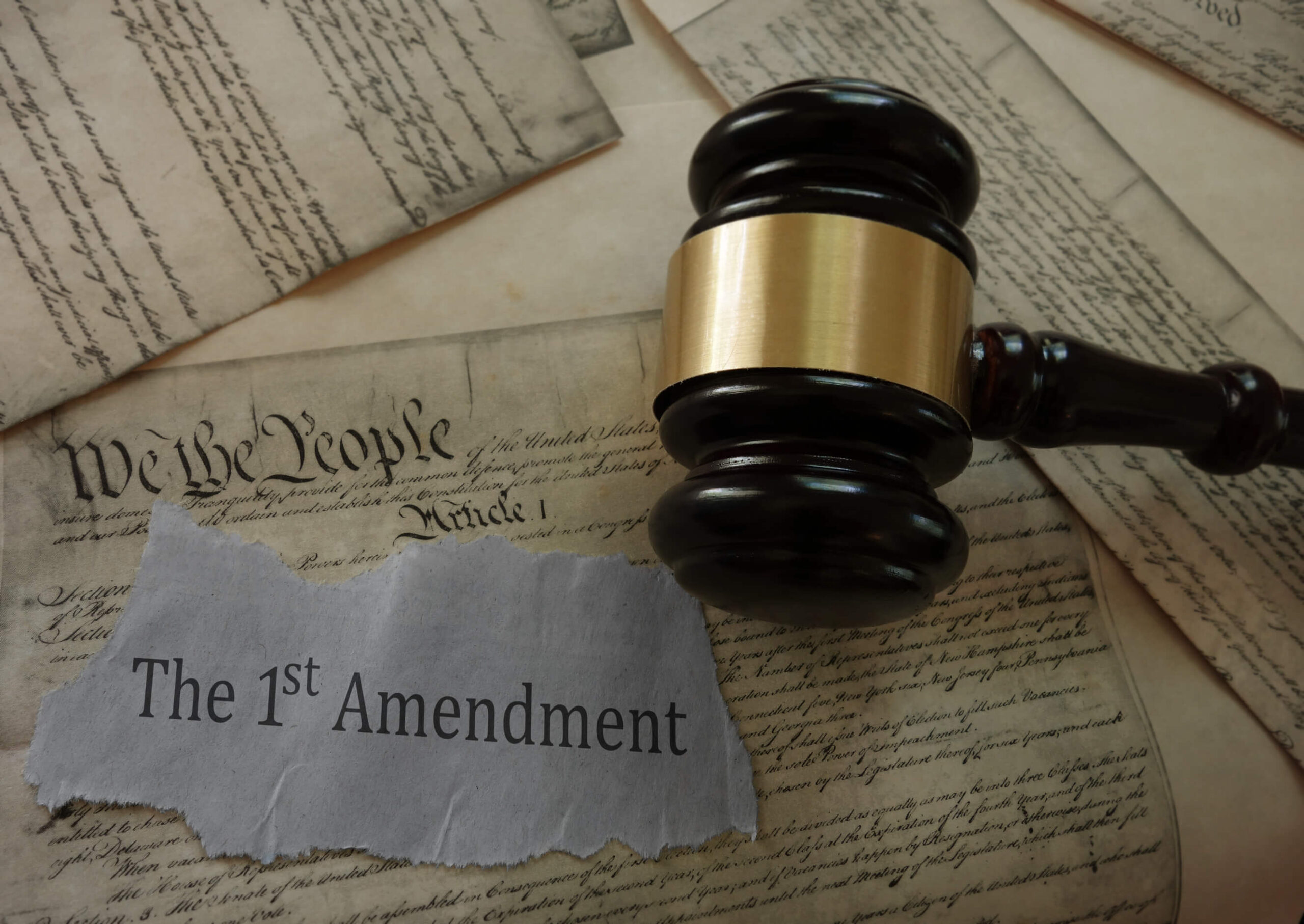Constitutional freedoms are not as straightforward as you think in public education. The right to free speech and other concerns create a legal tightrope.
The Supreme Court decisions, local policies, and social norms around this topic are more than academic. They are personally relevant to you and your children.
The Cornerstones of the First Amendment
This foundational right allows you to express opinions, beliefs, and ideas without government retaliation. However, this freedom has limits, especially within the walls of a school. Disruptive or harmful speech can have restrictions to maintain the learning environment.
It is also necessary to consider the freedom of religion. Individuals get to practice their faith freely or abstain from it altogether. As a result, students in public schools can express their beliefs, but schools cannot endorse or promote them.
The freedom of the press also has significant implications for student journalism. School newspapers may have some school oversight, but they also enjoy First Amendment protection.
Freedom of assembly permits individuals to gather peacefully for political and non-political purposes. This portion of the First Amendment affects participating in protests, rallies, or student organization meetings.
Finally, there is the freedom to petition the government for grievances. This right includes the ability for students and teachers to request changes or take collective action.
Limits on the First Amendment in Public Schools
The First Amendment is a bedrock of individual liberties. Nonetheless, its application within schools is not absolute. Schools may create restrictions on these freedoms. It is a delicate dance where the steps depend on legal precedents, societal values, and pressing educational needs.
The landmark case of Tinker v. Des Moines set a precedent that still resonates with these concerns today. The case involved students who wore black armbands to protest the Vietnam War. They received a suspension from their school for this activity. Regardless, the Supreme Court ruled in their favor because their constitutional rights should end for attending school.
Hazelwood v. Kuhlmeier is another pivotal case to consider. This Supreme Court decision happened in response to the removal of articles from a student newspaper. The jurists at that time ruled that public schools could exercise editorial control over their sponsored activities.
This circumstance demonstrates that the scope of student rights is not universal. They can narrow down when they are part of the curriculum or how the school represents itself.
Freedom of Speech and Expression Concerns
Freedom of speech and expression continues to be a hot-button issue in public schools. Local administrators can restrict anything disruptive, threatening, or inappropriate. They can also clamp down on hate speech or bullying. Essentially, educational districts can ban anything that interferes with their educational mission or poses a safety risk.
The questions that arise become more complicated when you consider the role of social media. Off-campus speech can still have an impact on the school environment. Accordingly, recent cases have brought attention to the complexities of handling off-campus activity.
Freedom of Religion Concerns
One of the more complex aspects of this right is having religious texts or symbols in school. Students may read texts during free time or wear crosses or hijabs. However, teachers and administrators have limitations on incorporating religious content into the curriculum.
The issue extends beyond the classroom to extracurricular activities as well. Student-led religious groups can meet at school outside of instructional time. This activity is possible thanks to the Equal Access Act.
Teachers and First Amendment Rights
Teachers also have constraints in an educational setting. They are representatives of the school and should adhere to the policies set by the district. For example, they may facilitate discussions on controversial topics. But they cannot impose their personal views.
This issue becomes more nuanced when considering social media and public statements. Teachers have faced disciplinary actions for expressing opinions or sharing content that others consider inappropriate. Consequently, they must balance their constitutional right to free expression with their professional obligations.
Talk to a Local Attorney
The balance of constitutional freedoms in public education is far from straightforward. Students, teachers, and parents benefit from understanding this intricate balance. However, you may also be in a situation where the scales have tipped.
Contact us today if your First Amendment rights are in question. We will work to find a local attorney who can provide clarity and next steps. Call us 24/7 at (866) 345-6784 or complete our online form today.

